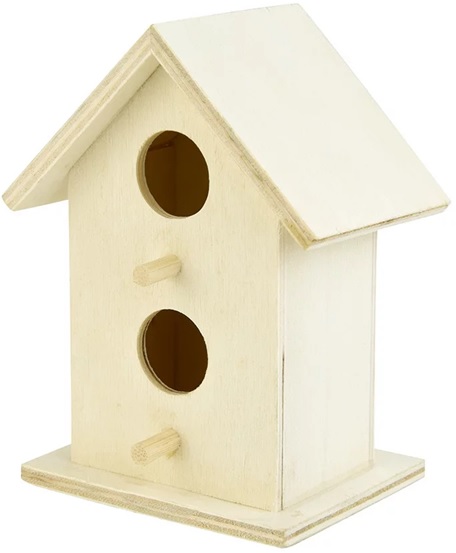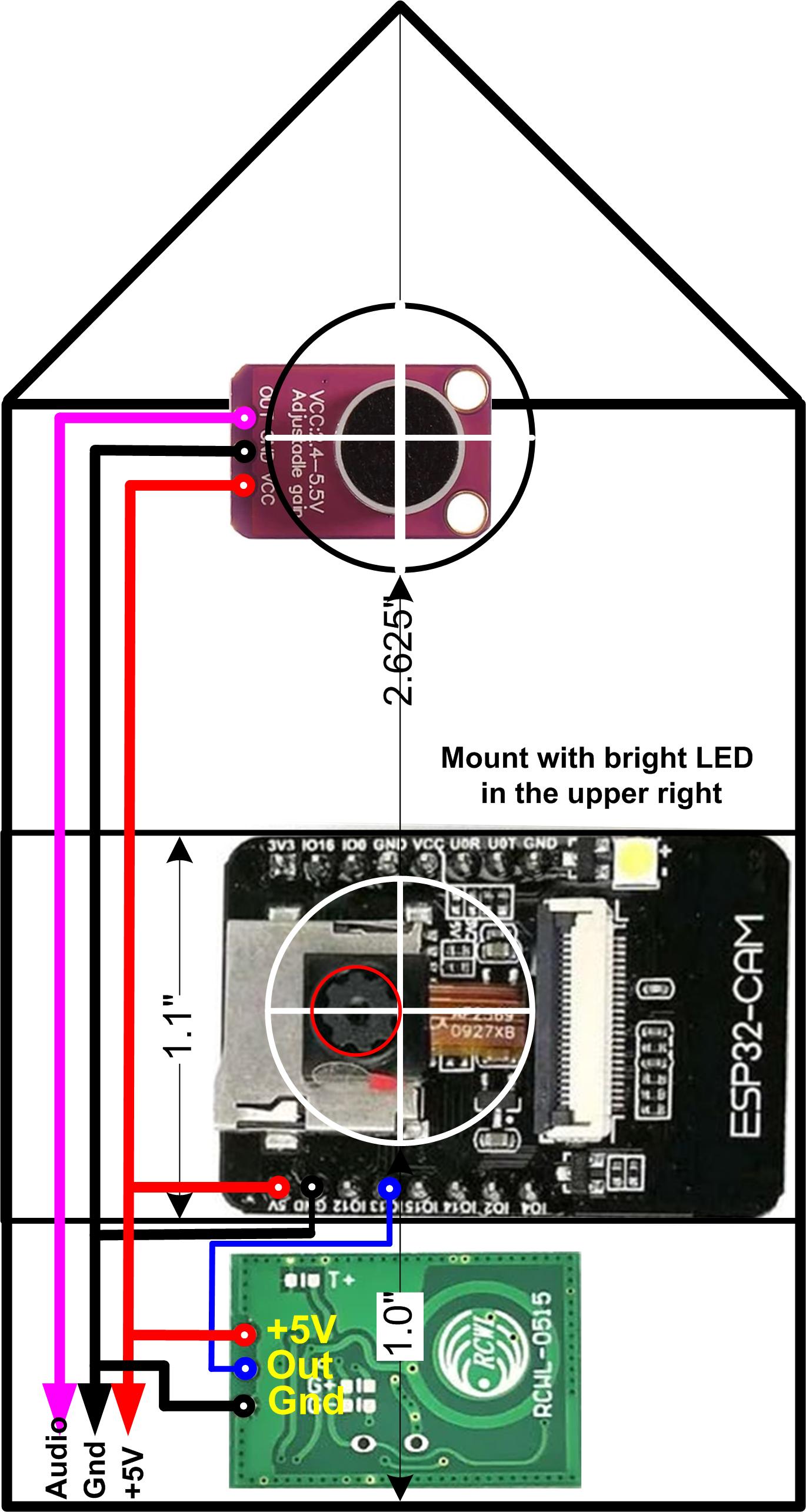 |
|
| |
|
|
This page is about making hedge dragon ears (microphones) that work. For Dlexa to have a conversation she needs to
acquire her subjects voices clearly. Any noise will make the STT (speech to text) processing more difficult and less
accurate. Microphone Technology Choice Easy in Theory Things That Did Not Work Next |


